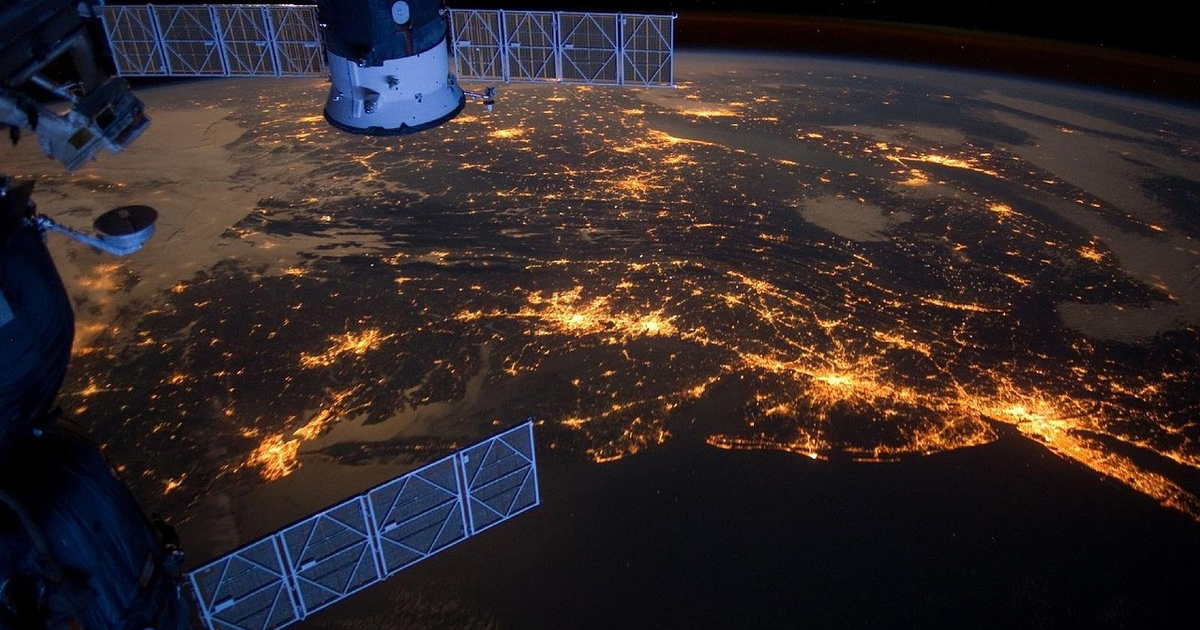Unveiling the Future of Coastal Groundwater: NASA-DOD Study Predicts Saltwater Intrusion by 2100
As the world grapples with the inexorable march of climate change, its impacts on our planet’s precious resources are becoming increasingly apparent. A recent study, conducted jointly by NASA and the Department of Defense, has shed light on a grave threat to coastal groundwater: the prospect of widespread saltwater contamination by the end of this century.
– The Rising Tides of Saltwater Intrusion: Coastal Groundwater Under Threat
As the oceans rise higher with each passing year, they encroach upon coastal groundwater sources.
A staggering joint study by NASA and the Department of Defense reveals that saltwater is gradually infiltrating and contaminating these aquifers, rendering them unusable for drinking, agricultural, and industrial purposes. The insidious advance of seawater is projected to reach alarming levels by the turn of the century, with vast stretches of coastal areas facing the devastating consequences of groundwater salinization.
– Impacts on Coastal Economies and Communities: assessing Vulnerability and Resilience
Saltwater intrusion, the contamination of freshwater aquifers with saltwater, threatens coastal communities worldwide. A recent study by NASA and the Department of Defense warns that by 2100, saltwater will contaminate coastal groundwater in almost half of the world’s populated coasts, with 33% being polluted beyond safe drinking and agricultural use. Asia, Africa, and the eastern US will bear the greatest impact.
Coastal groundwater vulnerability to saltwater rise
| Coastal region | Percentage of vulnerable population |
| - | - |
| North America | 10 |
| South America | 6 |
| Europe | 9 |
| Africa | 28 |
| Asia | 40 |
– Adaptation Strategies for a Saltier Future: Protecting Coastal Water Resources
Adaptive Strategies for Coastal Water Security
Rising sea levels and severe weather events are increasing the salinization of coastal groundwater, endangering a crucial resource for millions worldwide. Adaptative strategies are essential to mitigate these threats and ensure future water security. These include:
Artificial recharge: Injecting freshwater into aquifers to combat saltwater intrusion
Desalination: Removing salt from contaminated water sources
Groundwater withdrawal management: Limiting withdrawals to minimize saltwater encroachment
Aquifer storage and recovery (ASR): Storing freshwater underground during surplus periods and retrieving it during times of need
* Managed aquifer recharge (MAR): Intentionally introducing surface water or treated wastewater into aquifers for storage and future use
– Collaborative Partnerships: NASA and DOD Join Forces for Coastal Sustainability
NASA-DOD Study: Saltwater to Widely Taint Coastal Groundwater by 2100
Together with the United States Department of Defense, NASA has developed new estimates of how much coastal groundwater could be infiltrated by saltwater due to rising sea levels. The study revealed that a notable portion of coastal aquifers worldwide could possibly become unusable for drinking, irrigation, and other purposes by the end of the century. Aquifers under heavily populated regions such as New Orleans, are at the greatest risk.
| Location | Volume of Saltwater Intrusion by 2100 |
| ———– | ———– |
| Northern Gulf of Mexico | Increases about 25% |
| Atlantic Coast – Boston | Quadruples |
| Southern Atlantic Coast | Doubles |
| Chesapeake Bay | Increases by 50% |
| San Francisco Bay | Quadruples |
Key Takeaways
As the century marches forward, the siren song of saltwater intrusion grows louder, threatening to permeate the lifeblood that sustains coastal communities. This NASA-DOD study serves as a beacon of warning, guiding our path toward lasting water management practices. By heeding its message, we can mitigate the saline tide that looms on the horizon, preserving the vitality of our coastal ecosystems and ensuring that generations to come may quench their thirst from untainted wells.

